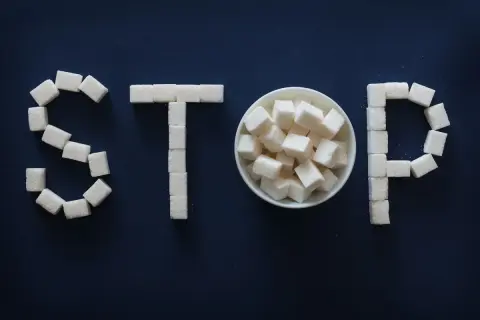 Monday, April 21, 2025
Monday, April 21, 2025Training with Soreness – Beneficial or Counterproductive?
Muscle soreness – medically referred to as Delayed Onset Muscle Soreness (DOMS) – is a well-known accompaniment to intense physical activity. Particularly after rigorous training or new movements, one can feel it: the dull pain typically manifests 12 to 48 hours later. Yet many ask themselves: Should one continue training with muscle soreness or is it better to pause?

What exactly is muscle soreness?
Muscle soreness primarily arises from microscopic tears in the muscle fibers triggered by unfamiliar or intense exertion – especially during the eccentric phase (e.g., when lowering a weight). It is not a classic injury but rather a natural adaptation process contributing to muscle strengthening.
A widely held myth has long been that muscle soreness is caused by lactic acid (lactate). However, this has been scientifically debunked (Cheung et al., 2003).
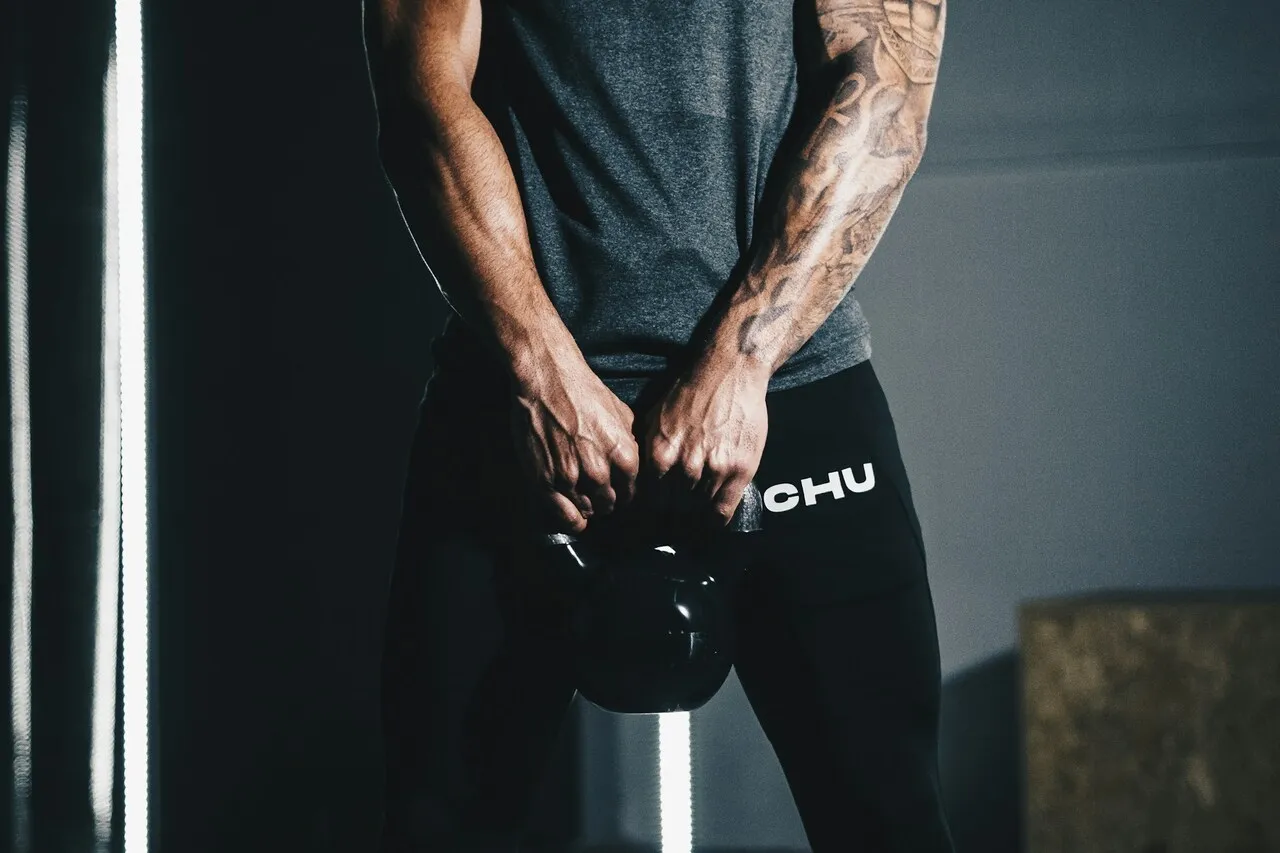
Training with Muscle Soreness – A Good Idea?
The answer is: It depends. The severity of the muscle soreness and the individual's goals play a pivotal role.
Mild Muscle Soreness:
In cases of mild muscle soreness, light training or alternative movement can even help improve circulation and accelerate the recovery process. Studies show that moderate movement and activities such as walking, light cycling, or gentle stretching can alleviate pain (Zainuddin et al., 2005).
Severe Muscle Soreness:
If the pain is intense and mobility is restricted, one should refrain from rigorous training. Otherwise, the micro-injuries may worsen and prolong recovery. The risk of compensatory movements and injuries increases significantly.
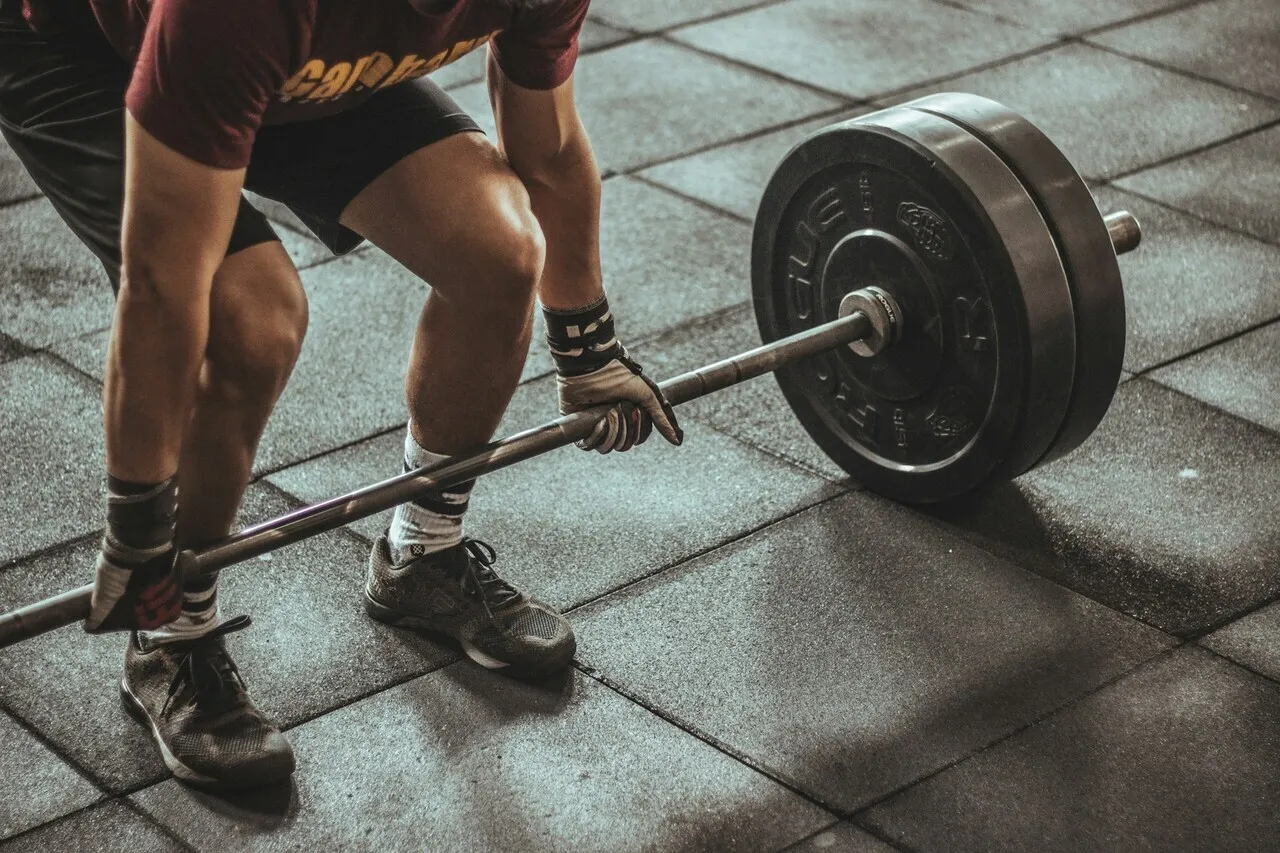
Different Types of Training and Their Effects on Muscle Soreness
| Type of Training | Suitable for Muscle Soreness? | Notes |
|---|---|---|
| Light Cardio (e.g., walking, light cycling) | ✅ Yes | Promotes circulation, may reduce pain |
| Stretching, Mobility Training | ✅ Yes | Supports recovery, but should remain pain-free |
| Strength Training of the Affected Muscle Group | ⚠️ Only with very mild muscle soreness | Low intensity and volume, focus on technique |
| Strength Training of Other Muscle Groups | ✅ Yes | Good alternative, e.g., training upper body when legs are sore |
| Intensive HIIT or Maximum Strength Training | ❌ No | Risk of overtraining and worsening muscle damage |
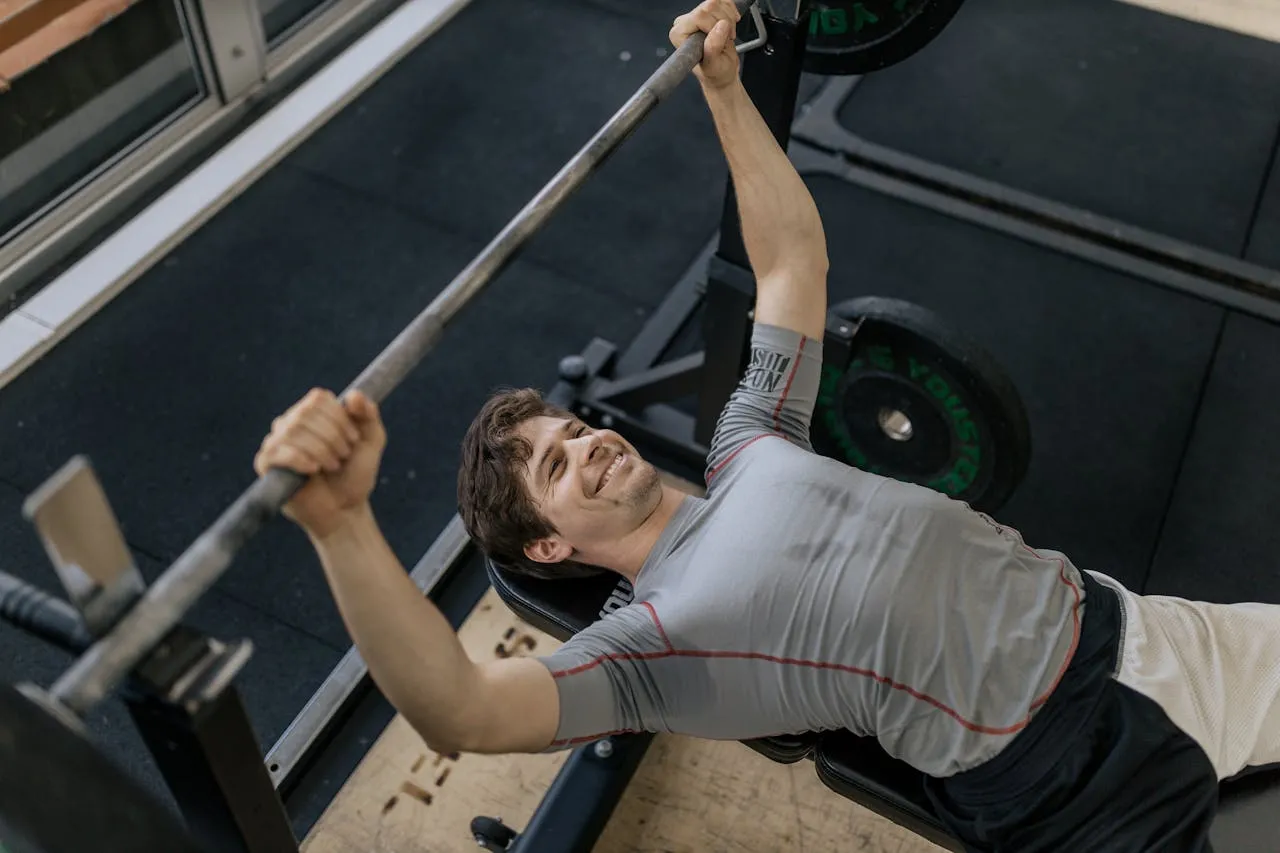
Muscle Soreness and Muscle Growth – Is More Better?
A common misconception: The more muscle soreness, the more effective the training.
This is wrong! Muscle soreness is not a reliable indicator of muscle growth. Hypertrophy (muscle gain) can occur without muscle soreness, while severe muscle soreness often indicates unfamiliar or excessive strain (Schoenfeld, 2010).
A certain level of muscle soreness – particularly among training beginners – is normal. However, for advanced individuals, it should not occur regularly, as the body adapts. Constant muscle soreness can even be counterproductive and indicate insufficient recovery or overtraining.

Tips for Dealing with Muscle Soreness
- Prefer active recovery: Walking, light yoga, or cycling.
- Pay attention to nutrition: Protein, antioxidants (e.g., from berries), and Omega-3 fatty acids promote recovery.
- Ensure sufficient sleep: The most crucial recovery time is at night.
- Do not train against the pain: It is better to pause or target other muscle groups when experiencing severe muscle soreness.
- Heat or Cold: Heat (e.g., warm shower) can enhance circulation, while ice baths tend to have more anti-inflammatory effects – studies provide mixed results here (Bleakley et al., 2012).
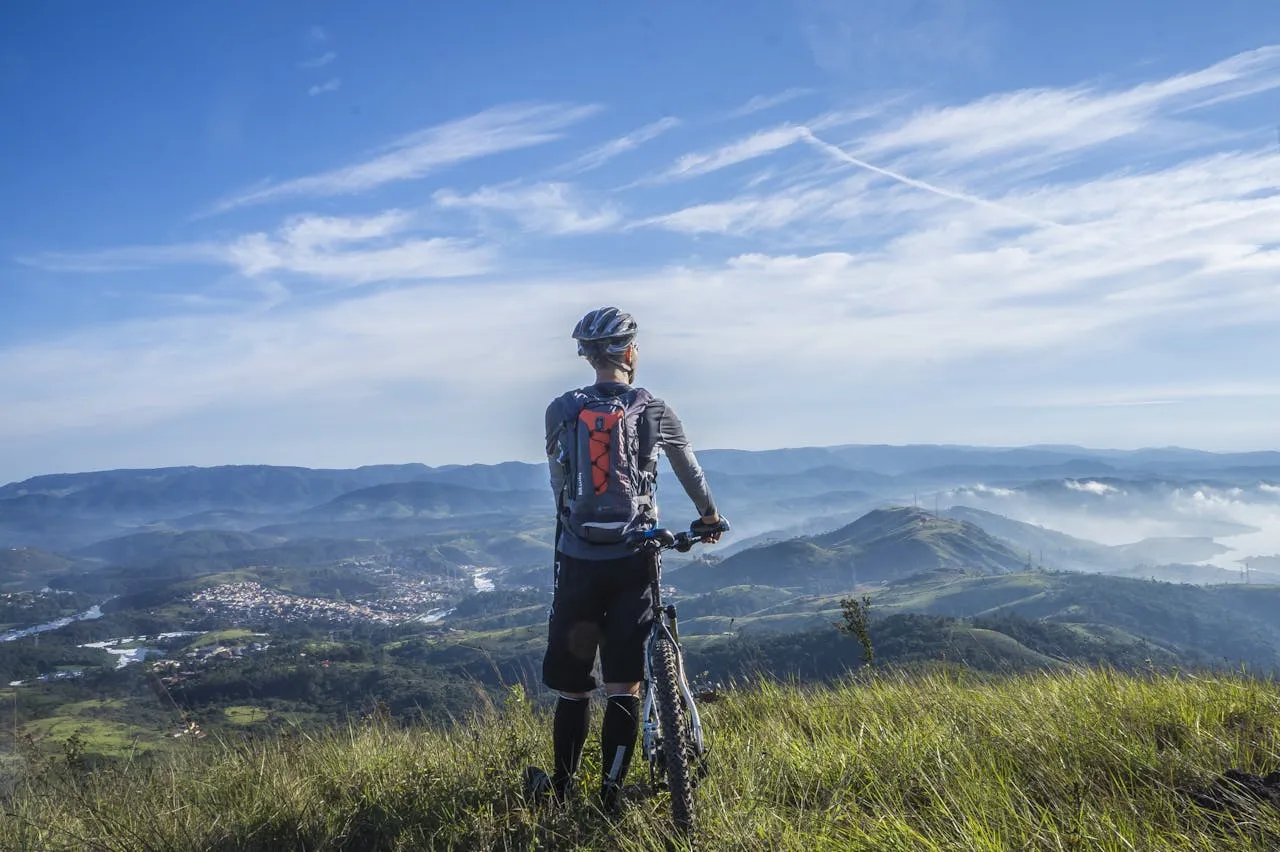
Conclusion: Listening to Your Body is Crucial
Training with muscle soreness is not fundamentally wrong, but it should be intelligent and adapted. Light movement and alternative muscle groups are usually unproblematic – however, with severe pain, it is advisable to take a step back and focus on recovery. Muscle soreness is not a goal, but a signal from the body.
Scientific Sources
- Cheung, K., Hume, P., & Maxwell, L. (2003). Delayed onset muscle soreness. Treatment strategies and performance factors. Sports Medicine.
- Zainuddin, Z., Newton, M., Sacco, P., & Nosaka, K. (2005). Effects of massage on DOMS and muscle function. Journal of Athletic Training.
- Schoenfeld, B. (2010). The mechanisms of muscle hypertrophy and their application to resistance training. Journal of Strength and Conditioning Research.
- Bleakley, C. M., et al. (2012). The use of ice in the treatment of acute soft-tissue injury: a systematic review. American Journal of Sports Medicine.


